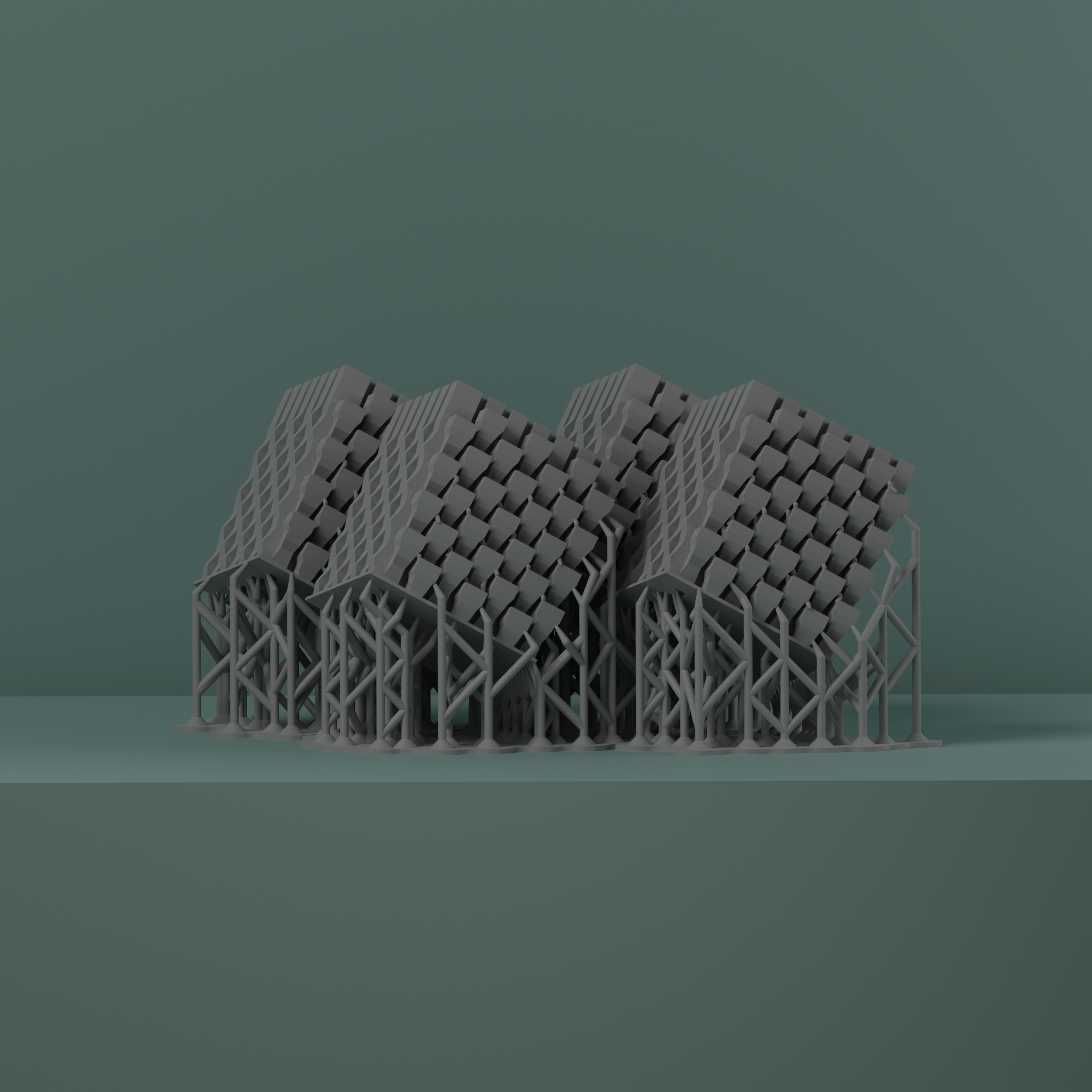The Value of Human Interaction in 3D Printing
While automated processes and algorithms are becoming increasingly sophisticated in the field of 3D printing, human interaction remains invaluable for leveraging creativity, addressing complex challenges, and ensuring the successful integration of 3D printing technology into various industries and domains.
Design, Print, Test, Repeat: Iteration in 3D Printing
The main advantage of 3D printing over traditional manufacturing is the ability to iterate quickly and cheaply. This makes the technology revolutionary in its ability to spur innovation. For a long time, 3D printing was best used for prototyping parts. Now, there are new durable and functional materials hitting the market nearly every day.
The Growing Trend of Replacing OEM parts with 3D Printed Parts
For various reasons, original equipment manufacturers (OEMs) are not always the best source for replacement parts. A growing number of people and companies are looking to 3D printing as a way to replicate parts that they otherwise would struggle to procure. This is especially true in the automotive, construction, and hardware technology industries.
The Ultimate Guide To The Most Popular 3D Printing File Types
Before you can “press print” on a 3D printer, you must first have a digital 3D model of your part(s). 3D models can come in a variety of CAD file types that can be opened and edited in 3D modeling software. One of the most common discussions we have with clients is what types of 3D model files we need for quoting and 3D printing parts.




